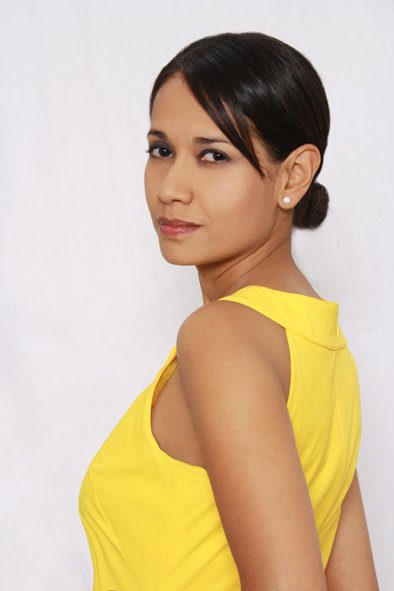Ana María Garzón

A total of 24 modern and contemporary art museum professionals residing in 19 different cities have been awarded support to attend the CIMAM 2019 Annual Conference The 21st Century Art Museum: Is Context Everything? that will be held in Sydney, Australia 15–17 November 2019 hosted jointly by the Museum of Contemporary Art Australia.
Launched in 2005, CIMAM’s Travel Grant Program is designed to foster cooperation and cultural exchange between contemporary art curators and museums directors in emerging and developing economies and their counterparts in other regions of the world.
Ana María Garzón's Conference Report
Context is everything when it comes to understanding the role of museums in the 21st century. The theme proposed for the CIMAM 2019 Annual Conference acknowledges the importance of understanding the role of art institutions in the present, facing times of global social unrest and the irreversible damages of climate change.
Each context has different challenges, that not only depend on debates taking part in the present but also in the way in which each context faces its past. Even though all the presentations that took place at CIMAM 2019 Annual Conference were rich in debates and insights, I want to dedicate this report to the ideas discussed in Day 1, Challenging the Narrative: Indigenous Perspectives.
In recent years, it has become evident that art institutions have an increasing interest in decolonizing art history and acknowledge the effects of violent colonial pasts in their respective territories, and the repercussions that that past has in its collections and communities. In that context, the rise of indigenous voices that can challenge canonical art histories is fundamental for creating new dialogues, new relations and new perspectives for transforming the present.
The presentations of Wesley Enoch, Wanda Nanibush and Ngahiraka Mason will resonate in my mind for a long time. The past is not dead, Enoch said, the past must not be erased when we recontextualize historical references, we must live with it and acknowledge it to grow. Under that light, the case studies presented by Nanibush and Mason revealed thoughtful strategies for creating interventions in art historical narratives. Visits to the collections of Art Gallery of New South Wales, Sydney and Queensland Art Gallery & Gallery of Modern Art, Brisbane were also illuminating.
Coming from a country in which indigenous voices are ignored and diminished and in which the precarity of art institutions erase histories easily, after listening Ngahiraka Mason say “community is the medium and the message”, I have been thinking that it is important not only to open space for other voices and to diversify the narratives but also to know when to step aside and give your space to others and let their voices multiply. Context is everything, and community too.